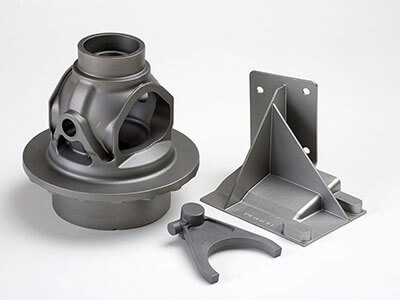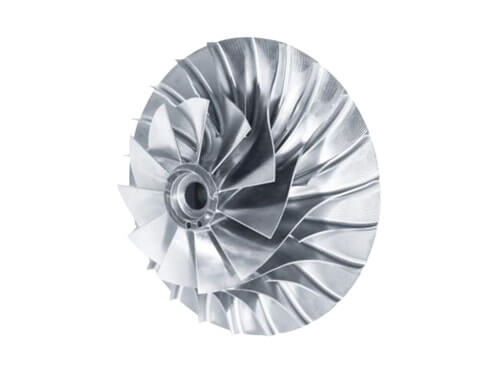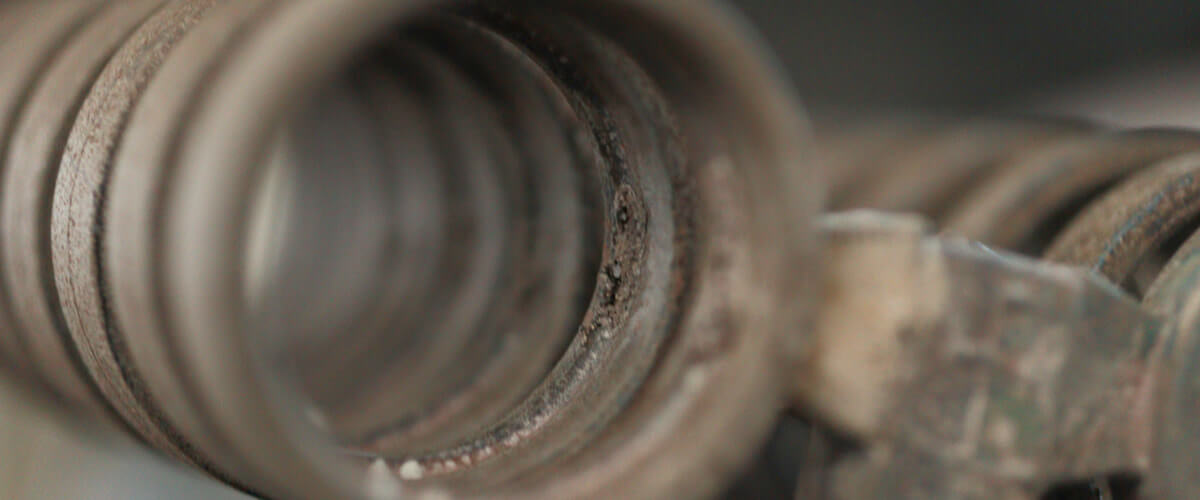Stainless steel is a type of metal that is made up of iron and at least 10.5% chromium. The addition of chromium to the steel gives it corrosion resistance properties, making it a popular choice for a wide range of applications. There are many different grades of stainless steel, each with its own unique properties and characteristics.
In this article, we will be focusing on three common grades of stainless steel: 18-8, 316, and 304. And we will be comparing and contrasting these three grades of stainless steel to understand their unique properties and characteristics better.
18-8 stainless steel
18-8 stainless steel contains 18% chromium and 8% nickel. This type of stainless steel is also known as the 300 series of stainless steel. It is a relatively common type of stainless steel, and is often used in a wide variety of applications.
Pros and Cons of 18-8 Grade Stainless Steel
One of the main advantages of 18-8 stainless steel is its corrosion resistance. It is highly resistant to rust and other forms of corrosion thanks to the high levels of chromium and nickel in the alloy. However, it is known to show signs of corrosion when exposed to saltwater. Therefore, it is not the ideal stainless steel grade for marine applications. This type of stainless steel is strong and long-lasting, and it can withstand a wide range of temperatures and other environmental conditions without losing its strength or becoming damaged. 18-8 stainless steel yield strength is also impressive.
Application of 18-8 Grade Stainless Steel
Some common applications for 18-8 stainless steel include food processing equipment, kitchen utensils, and medical instruments. It is also commonly used in the construction of buildings and other structures, and in the manufacturing of automotive parts and other industrial components.
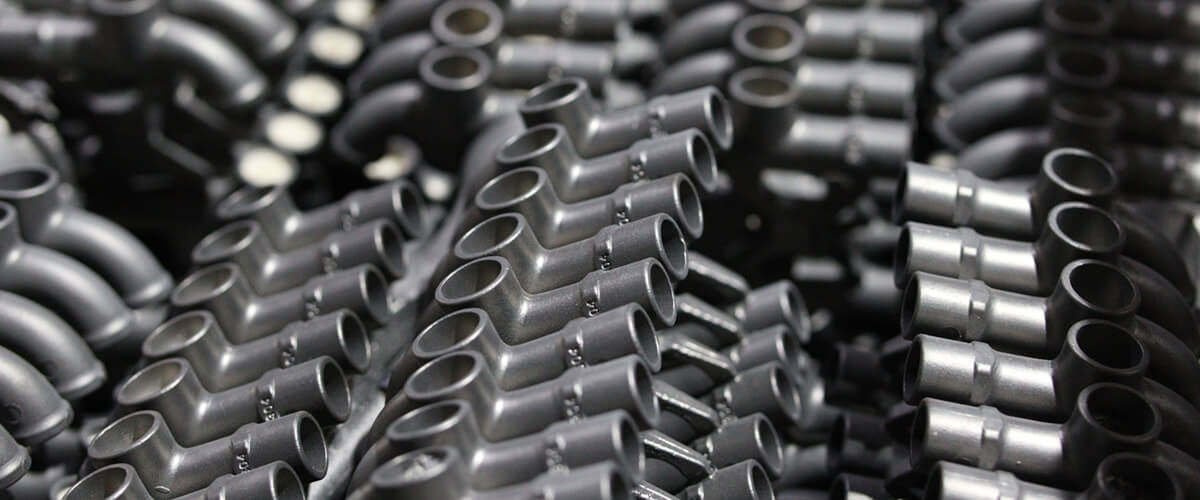
304 Stainless Steel
As mentioned earlier, 18-8 stainless steel is also known as the 300 series of stainless steel. This means that there is no big difference between 18-8 and 304 stainless steel in terms of their composition. Both contain 18% chromium and 8% nickel, and they are very similar in terms of their properties and applications.
Their names are the only real difference between 18-8 and 304 stainless steel. 18-8 stainless steel is so named because it contains 18% chromium and 8% nickel, while 304 stainless steel has a small amount of carbon.
Pros and Cons of 304 Grade Stainless Steel
It’s a strong and durable metal that can withstand a lot of wear and tear. 304 stainless steel is usually considered to be one of the strongest mild steels available on the market. The high levels of chromium and nickel in the alloy make it highly resistant to rust and corrosion from a variety of environmental factors, including exposure to moisture and chemicals. However, like 18-8 grade stainless steel it is vulnerable to corrosion when exposed to salt water.
Application of 304 Grade Stainless Steel
304 stainless steel is a versatile and durable metal with excellent corrosion resistance properties. It is a popular choice for a wide range of applications, including in food processing, medical equipment, and construction. Its low cost and good overall performance make it a good choice for many applications.
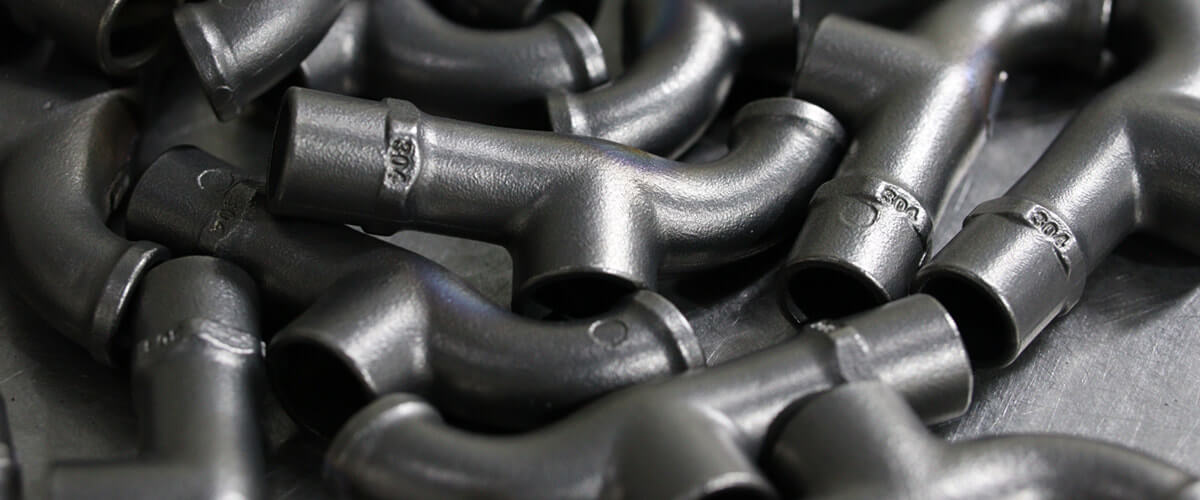
316 Stainless Steel
316 stainless steel and 18-8 stainless steel are similar in many ways, the key difference is their composition: 18-8 stainless steel contains 18% chromium and 8% nickel, while 316 stainless steel contains 16% chromium, 10% nickel, and 2% molybdenum. This makes it more difficult to work with than 304 stainless steel.
Pros and Cons of 316 Grade Stainless Steel
316 stainless steel definitely has higher strength and durability than 304 stainless steel. The high levels of chromium, nickel, and molybdenum in the alloy make 316 stainless steel even more resistant, including when exposed to salt water. Which makes it a popular choice for applications where corrosion resistance is a top priority, such as in marine environments and industrial settings. But 316 stainless steel is generally more expensive than 18-8 stainless steel, due to the extra molybdenum composition.
Application of 316 Grade Stainless Steel
- In marine environments, such as for boat fittings, marine-grade stainless steel is often used due to its durability and resistance to corrosion.
- Food processing and preparation, as stainless steel 316 is non-toxic and non-leaching, making it safe for food contact.
- Chemical processing, as it is resistant to many acids and other corrosive chemicals.
- Medical equipment, as it is biocompatible and can be sterilized without damaging the material.
- Architecture and construction, as stainless steel 316 is often used for structural components and decorative features due to its aesthetic appeal and durability.
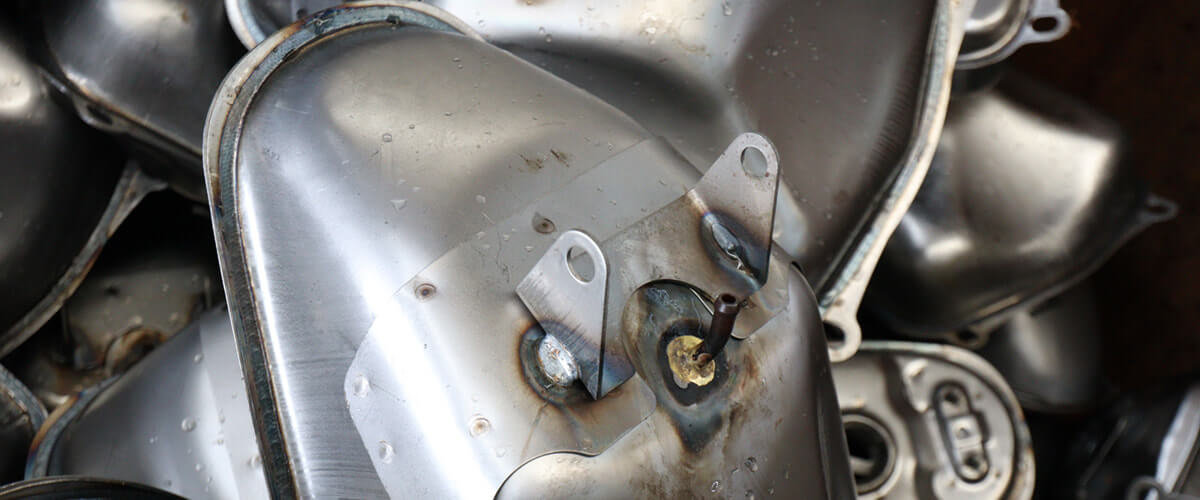
Conclusion
In general, 18-8 stainless steel is a good all-around choice for many applications. It offers a good balance of corrosion resistance, durability, and cost, and it is widely available and easy to work with. If you need a stainless steel material that is more resistant to corrosion, however, you may want to consider using 316 stainless steel instead.
| Grade | Different | Applications |
| 18-8 stainless steel |
18-8 stainless steel is also known as the 300 series of stainless steel. This means that there is no big difference between 18-8 and 304 stainless steel in terms of their composition. Their names are the only real difference between them. 18-8 stainless steel is so named because it contains 18% chromium and 8% nickel, while 304 stainless steel is named for the addition of a small amount of carbon.
|
Same as 304 stainless steel. |
| 304 stainless steel | It cannot be heat-hardened and is also non-magnetic. While this grade of stainless steel won’t rust in normal environments, it will tarnish and has a strong resistance to the effect of various chemicals and acids. | 304 stainless steel is very often used in the food, brewing, and dairy industries. |
| 316 stainless steel | This product offers high tensile strength. It is non-magnetic and must be hardened through cold working. The difference between type 304 and 316 stainless steel is the incorporation of molybdenum of up to 3%. It has better corrosion resistance than 304. The most expensive one in the 3 grades. | This grade of stainless steel is commonly used in the surgical industry, paper pulp industry, and in the production of dyes and chemicals. |
